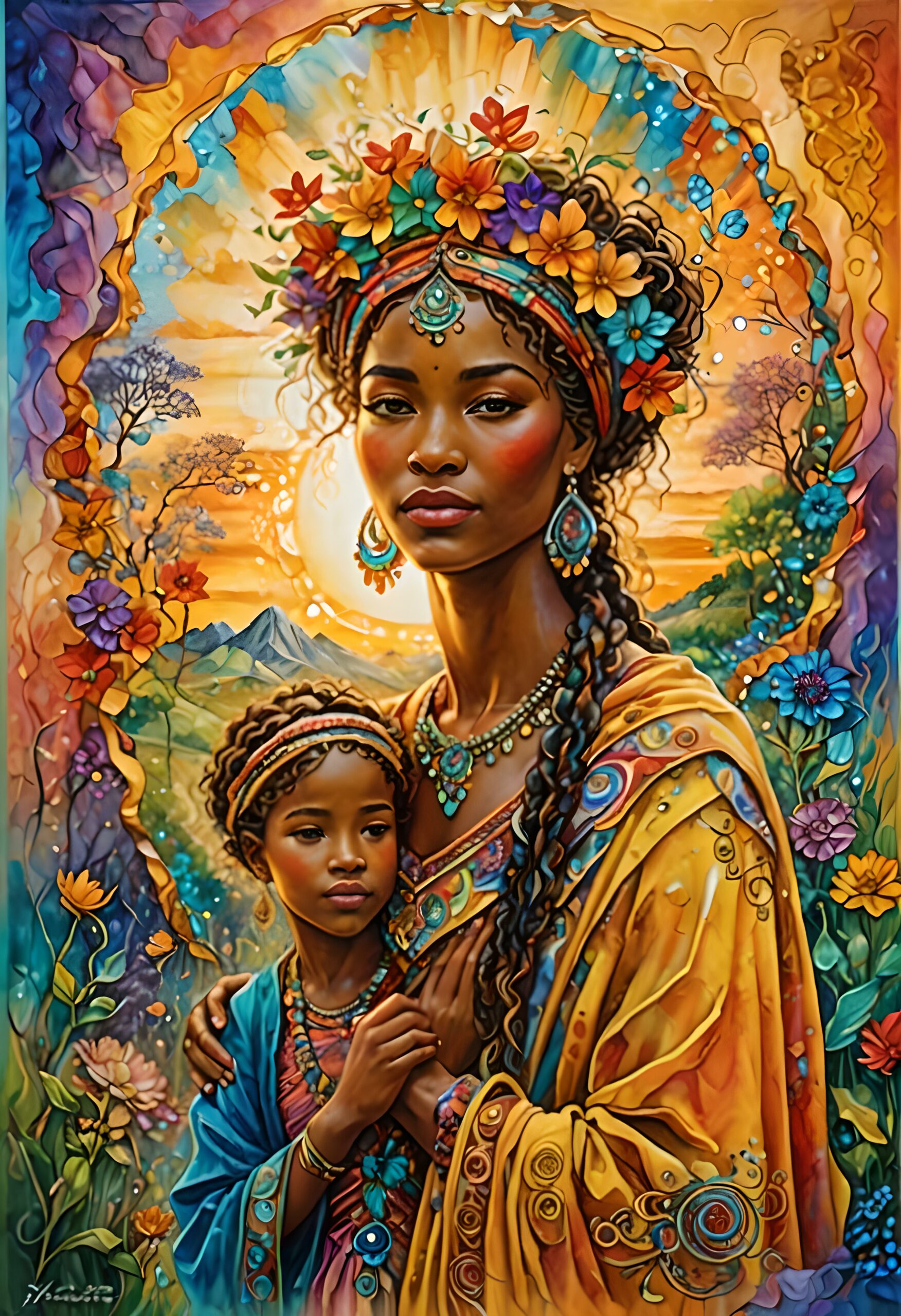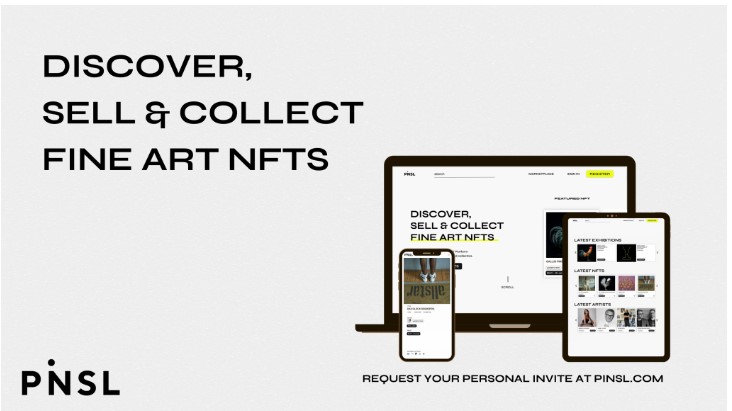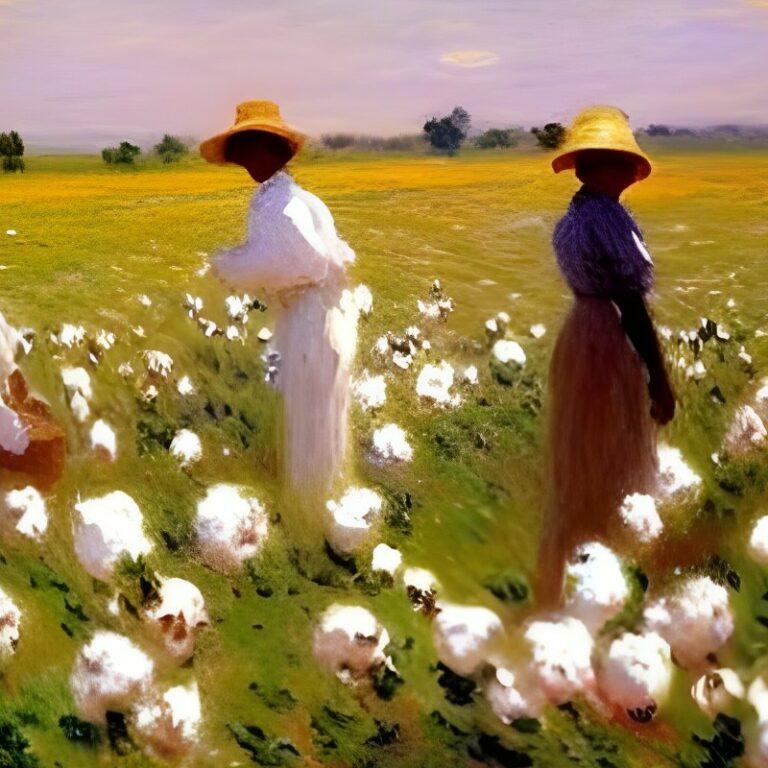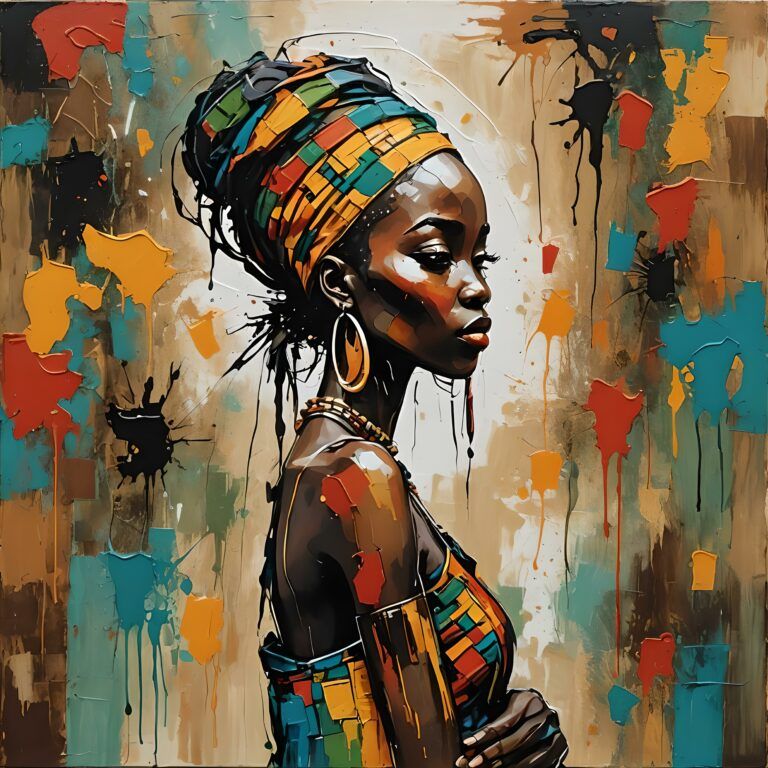The Impact Of NFT Fine Art On Artists And Collectors
You’re probably hearing a lot about NFTs these days, and you might be curious about what they are. NFTs, or non-fungible tokens, are cryptographic assets on a blockchain with unique identification codes and metadata that differentiate them from each other. Unlike cryptocurrencies, they can’t be traded or exchanged at equivalency. This differs from fungible tokens like bitcoins, which are identical to each other and, therefore, can be used as a medium for commercial transactions.
Now, stepping back a bit, let’s consider the grand tapestry of fine art history. From the days of the Medici’s patronage to the modern era of gallery exhibitions, fine art has undergone numerous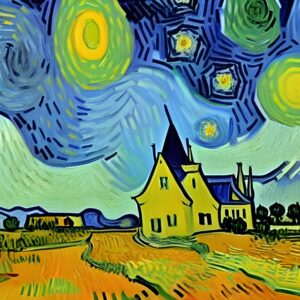 transformations. The digital era has brought about yet another revolution. With the advent of NFTs, artists now can create and sell their art digitally, providing a new level of authenticity and rarity traditionally reserved for physical masterpieces.
transformations. The digital era has brought about yet another revolution. With the advent of NFTs, artists now can create and sell their art digitally, providing a new level of authenticity and rarity traditionally reserved for physical masterpieces.
You’re going to find out about the interesting ways NFTs are pushing the boundaries for artists and buyers alike. It’s not just about selling digital images; it’s about creating a whole new ecosystem for fine art that spans virtual and physical worlds. NFT fine art pieces are unique, often one-of-a-kind assets that can command substantial interest and prices. They also open doors for digital artists who may have previously found it challenging to protect and monetize their work in the decentralized expanse of the internet.
NFTs aren’t just changing the game for artists; they’re also shifting the landscape for investors, collectors, and enthusiasts. By unlocking a method to verify the ownership of digital assets, they’re rewriting the rules of art collection and ownership. Necessitating a deeper dive in the next section, I’m here to help you understand how exactly NFTs are influencing the financial dimensions of being an artist or collector in today’s rapidly evolving art world.
Financial Implications and Opportunities for Artists
If you’re an artist, the rise of NFT fine art isn’t just a passing trend; it’s a potential game-changer for the way you monetize your work. NFTs introduce new revenue streams that weren’t possible before. Let me explain how.
With NFTs, artists can earn money not only from the initial sale of their digital art but also from subsequent sales. Imagine selling a painting, and every time it changes hands in the future, you get a cut of the sale. That’s exactly how NFTs can work, thanks to smart contracts that automate royalties.
This system gives you, as an artist, a unique advantage. It means more financial control and security, since your income isn’t tied to just the first sale of your artwork. And it doesn’t stop there. Every time your art is resold on the NFT market, it can potentially increase in value, giving you a share of a larger pie.
But what does this mean for the art market? Well, it’s becoming more inclusive. Artists from all over the world, those without access to elite art galleries or global art hubs, can now reach a broad audience. They can showcase their work online, gain recognition, and sell their art on an international stage without hefty gallery fees.
However, NFTs are still a new concept, and the market is volatile. Artists must weigh the potential rewards against the risks. In my opinion, if you have a robust digital presence and a flair for engaging with your audience, the opportunities are ripe for the picking. Choose something that resonates with you, and take a step into the NFT world.
Collecting in the Digital Age: What it Means for Collectors
Transitioning from physical art collecting to the world of NFTs is a huge shift. As a collector, the digital realm offers distinct perks. Imagine having ironclad proof that you’re the rightful owner of a digital Van Gogh. That’s what NFTs bring to the table – undeniable ownership of a piece of digital art. Smart contracts on blockchain technology make it indisputable.
Now, let’s talk numbers. The NFT market is volatile, yes, but with high risk can come high reward. While some see NFTs as digital bubbles waiting to pop, there’s another side to that coin. Many collectors have seen their digital investments skyrocket in value. But, it’s not just about making a profit; it’s about supporting artists and being part of a community that values digital artistry.
One thing’s clear: the relationship between artists and collectors is getting a refresh. No longer is there a chain of galleries and middlemen. Instead, collectors can engage directly with artists, fostering a personal connection and maybe even influencing future artworks. This intimacy was hard to come by in traditional art markets.
Before we sail off into the next section, remember, like any art collection, love what you buy. NFTs are more than just assets; they’re a leap into a future where digital ownership and creativity collide.
Evolving Ethics and Future Predictions for NFT Fine Art
I’m going to lay it out straight: the world of NFT fine art isn’t just about the buzz; it’s also about the bigger impact on society and the environment. It’s important to recognize the ethical considerations, particularly the environmental impact of blockchain technology, which powers NFTs. However, the good news is that developers and artists are already pioneering more sustainable solutions.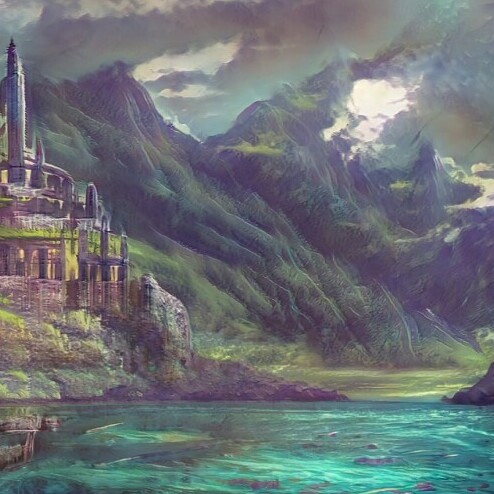
You’re going to find out about how intellectual property rights are a hot topic in the NFT space. Issues around ownership and copyright of digital art necessitate careful attention. Thankfully, artists are now empowered to manage their licenses more effectively, ensuring their creative rights are protected in the evolving digital realm.
Don’t worry too much about the doomsayers predicting a bubble; the potential for NFTs in fine art extends far beyond today’s hype. NFTs present a fascinating future that may very well redefine art movements and how artists collaborate. Imagine art pieces evolving with community input or collectors becoming a part of the creative process in real-time.
Choose something that resonates with you: whether you’re a collector or an artist, this is a radical shift that requires embracing change and being part of the discourse that shapes the NFT landscape. Anticipate collaborations that span across genres, mediums, and technologies, paving the way for unforeseen artistic expressions.
In my opinion, as we move forward, the intersectional nature of NFTs will increasingly be recognized. This isn’t a momentary phenomenon; it’s the genesis of a new chapter where art and technology coalesce to foster innovation and democratize art on an unprecedented scale. Keep your eyes peeled, because the best is yet to come!
Benjamin Johnson. Artist
